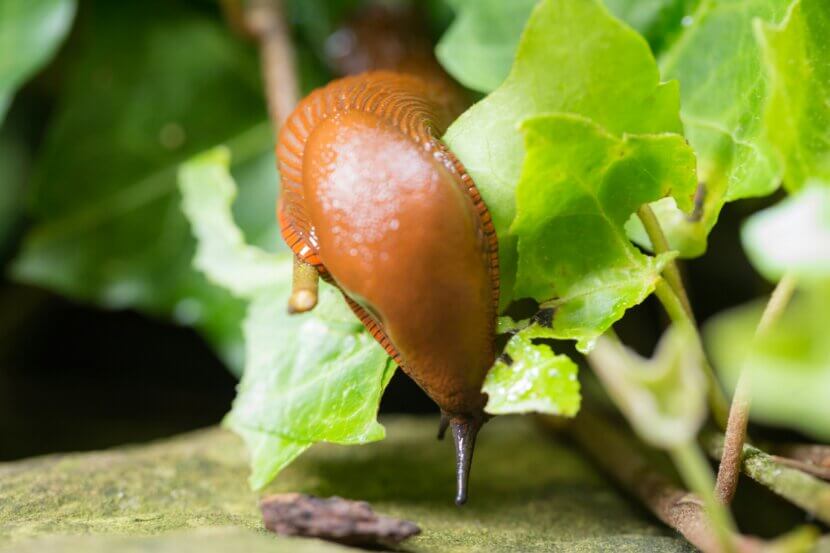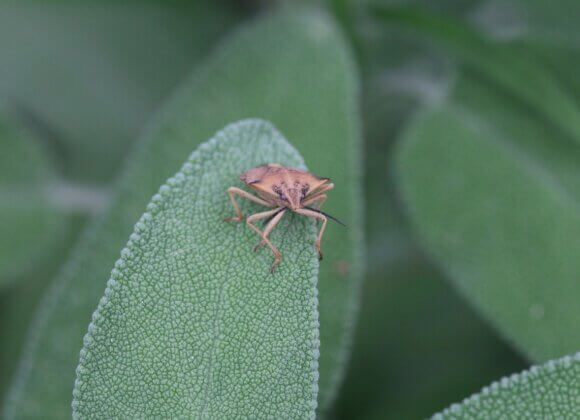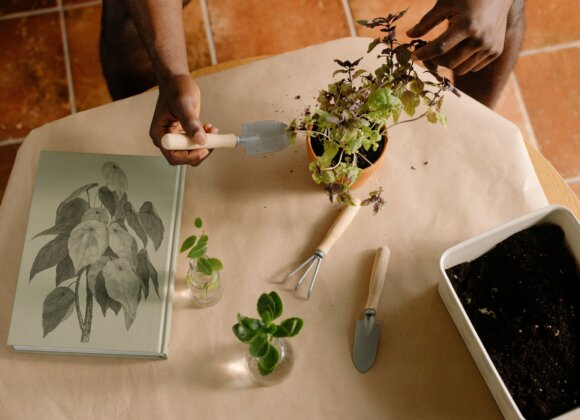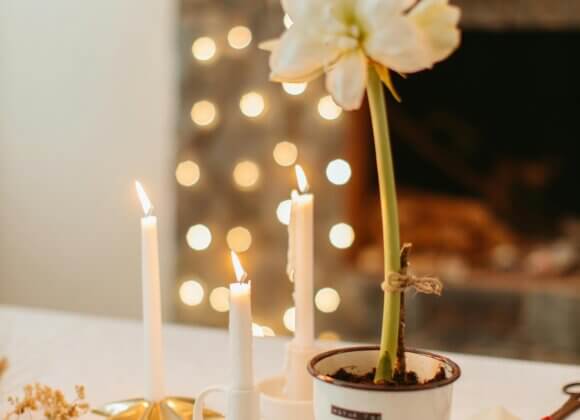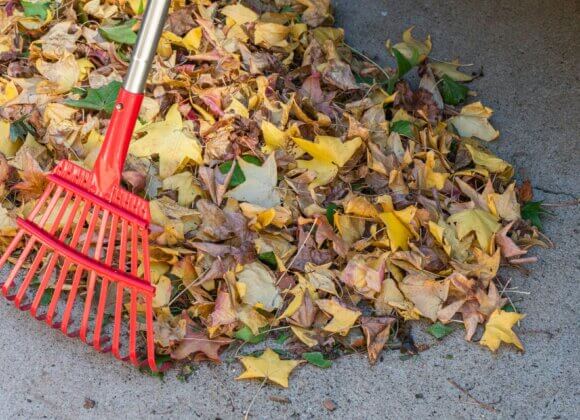Snails, especially various slugs, are among the biggest enemies of hobby gardeners. But there are ways and means of keeping them away from the beds.
Some slug species such as the brown-red Spanish slug, the garden slug and the The field slug is the terror of all gardeners. They mercilessly eat almost everything that grows and thrives in gardens in spring and summer – from vegetables and berries to flowers and flowering shrubs.
What helps against these slugs?
You don’t necessarily have to resort to chemical weapons such as slug pellets to get rid of slugs and snails. There are alternative methods to protect your garden from the destructive gluttons that are out and about at night or early in the morning, or to get rid of them. Sawdust, stone meal, wood ash or coffee, spread around the plants or in the bed, makes it more difficult for snails to move around and thus protects the plants. The same applies to sheep’s wool, copper rings or strips and finely chopped eggshells. Slug paste, applied to the edges of pots and beds, keeps slugs away due to its smell, but should also be renewed regularly.
Snail fencing – the most effective barrier
If you really want to keep snails away from your beds, you should use a snail fence, which is available in different versions. This is because the angled profile is an insurmountable obstacle for the voracious little creatures. Incidentally, metal fences are among the best – not least because they are easy to install, durable and reusable. The fence should be buried at least ten centimetres deep in the ground and a further ten centimetres high.
Two things are also important: grass, vegetables and other plants have no place directly in front of and behind the snail fence – they could be used by snails to bridge the barrier. Furthermore, the fenced area should be cleaned of snails and their eggs beforehand.
Rely on plant and animal helpers
Strong-smelling herbs such as rosemary, lavender, sage and thyme, as well as chamomile and savory, keep slugs away. Extracts of bracken, liverwort or compost are also little appreciated by the voracious creatures – although the plants must be sprayed with these regularly, especially after rain. However, allies in the fight against slugs can also be found in the animal kingdom: adult slugs, for example, are on the menu of shrews, hedgehogs, blackbirds, starlings and magpies as well as toads and slow worms. Egg clutches and young slugs, on the other hand, are eaten by ground beetles and their larvae or millipedes.
Indian runner ducks and chickens are also good allies in the fight against slugs, but must be kept in a species-appropriate manner. There are also species among the slugs that are helpful to the gardener.

Are tiger slugs useful?
The large vineyard snail, ribbon snails and the tiger snail, a slug from the snail family, are also considered useful helpers when it comes to getting rid of harmful slugs. Unlike the Spanish slug, the garden slug and the field slug, tiger slugs hardly ever become a nuisance.
Collecting slugs and snails
Another effective way to get rid of slugs is to collect them. The evening and morning hours, when the pests are out and about, are particularly suitable for this. To make the search easier, wooden boards can also be laid out for them to seek refuge under during the day.
The collected snails should be killed as painlessly as possible, for example by cutting them, and disposed of in organic or residual waste. Releasing them alive in the wild is just as inadvisable as disposing of the dead animals in compost. To be on the safe side, you should also keep an eye out for their eggs – slugs can lay up to 400 eggs between June and October.
Why shouldn’t you use slug pellets?
Using slug pellets to combat the unloved slugs may well be effective. The disadvantage, however, is that the poison can cause severe or even fatal poisoning not only in slugs and snails, but also in other snails, wild animals and pets.
Slugs and snails: prevention is better than cure
Smart gardening helps to reduce the risk of slug infestation. A near-natural garden that attracts beneficial insects such as the aforementioned enemies of slugs is a first step. It is also helpful to water the garden only in the morning and as close as possible to the respective plants, as slugs love moisture.
Related posts:


